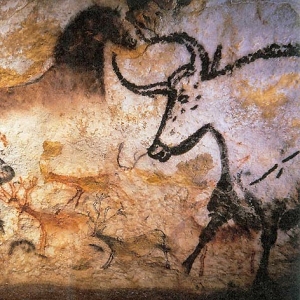this is part II of the About this blog series.
Part II: Communication & Interaction
Over the years I have realized that art & design count for little when there is no one around to appreciate it. More so, a relationship has to be able to develop between a project and the person. Traditionally, a piece will be able to communicate something to the spectator. It could also be said, the spectator interprets the piece according to his or her own life experience. Either way, a project should aid the feeling of emotions on behalf of the spectator, or in the case of a usable design, the user.
On that note, I consider the user & / or the spectator to be the two protagonists of any art work or design .
Users and Spectators
Spectator and user are two terms I have grown used to alternating. Spectator, for when talking about a person who watches. This usually applies to traditional forms of art, meant for contemplation. Paintings, illustrations, sculpture and many installation pieces, even those developed in “new media” would fall into this category.
On the other hand, a User uses things. Big surprise right? I used this term often while studying Industrial Design at Universidad de los Andes in Colombia. You had always to remember you were designing for a group of people who would have to act upon the object, and it would have a physical effect on itself or on people. This effect could be static (like getting back pains from a poorly designed chair) or active (like a stove lighting up after you turn a knob).
I will cover the relationship of spectators and users at some later time, but for now I want to point towards how User and Spectator, just like Art and Design, have a constantly thinning line between them. Droog Design & interactive artworks are good examples of this, where it becomes hard to distinguish whether we consider something is just art or just design. Likewise, the distinction between user and spectator become blurred. This blog will cover not just creations that communicate to the user, but also those that the user communicates to.
What do you think about this first, 2 part post and the subjects covered?
I will expand on many of the topics here so all your will likely influence future posts.

